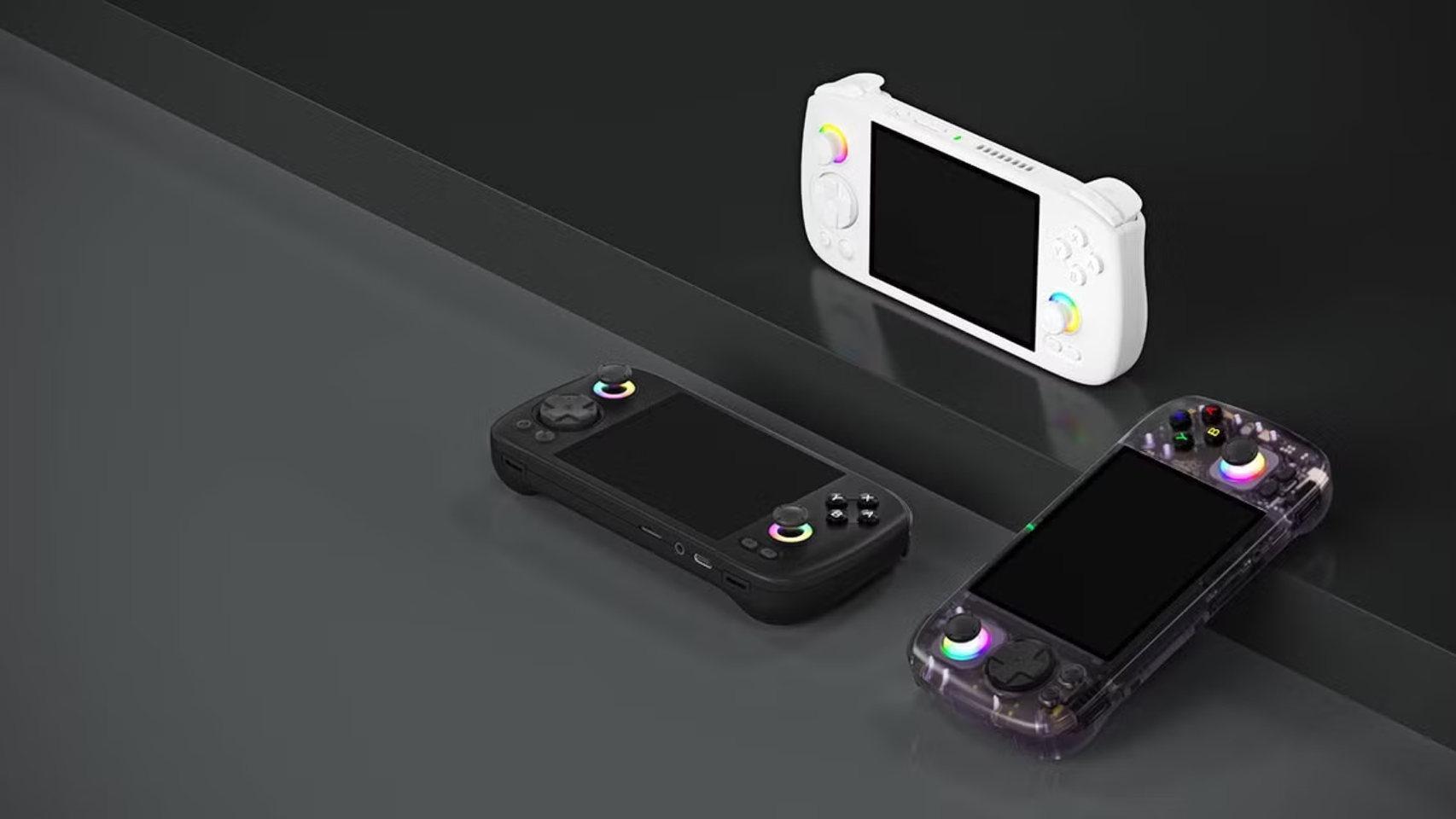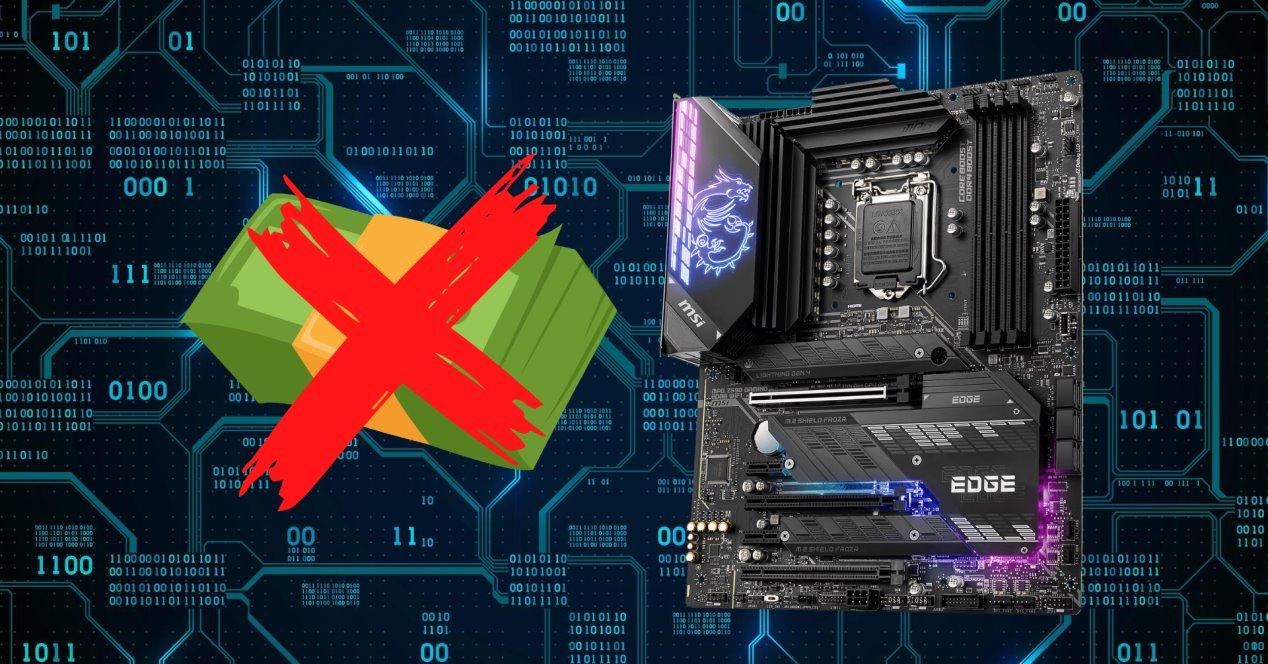In September 2021, Apple presented the iPhone 13 and its Pro version, as well as the corresponding mini and Max models. The list of innovations isn’t as long as we’d like, but the innovations we’ve seen live up to expectations: including a 120Hz adaptive display (at least on the Pro models) and even more autonomy.
Since iPhone 11, iPhone battery life has increased dramatically every year, but Apple made the biggest leap forward in 2021: built-in battery capacity increased by up to 19%, and with the continued optimization of power-draining components, that means you can expect some good battery life improvements for the 2021 iPhones.
Boasting the largest battery of them all due to its size, the iPhone 13 Pro Max can power up to 25 hours of video playback on diffusion (according to Apple testing). In diffusion video, the battery life of its predecessor, the 12 Pro Max, was only 12 hours.
Our own tests, which put the processor through its paces, also show that the new iPhone is a battery monster. The iPhone 13 Pro Max lasted 11 hours and 41 minutes (701 minutes). That was three hours longer than the iPhone 12 Pro’s time (8 hours and 41 minutes, or 521 minutes), which was already very good.
But regardless of the size and durability of a battery, sooner or later it needs to be charged. And that can take a long time, especially with large batteries. However, you can minimize the time taken by taking advantage of the fast charging feature of the iPhone.
This means using a charger that takes full advantage of charging speed. The charging speed of the iPhone 13 depends on the model and the charging technology used. Many users prefer wireless charging, but the fastest way is by cable.
Read our iPhone 13 reviews:
Method 1: wired charging – the fastest way to charge
The fastest way to charge your iPhone 13 is through the Lightning port. But to benefit from the maximum charging speed, you need a suitable power supply.
All iPhones since iPhone 8 support up to 20W of charging power, but you’ll need to purchase a 20W or higher adapter (as none are included in the box). You can buy the corresponding charger yourself from Apple or another manufacturer. Read: Which power adapter/plug/charger do I need for my iPh one?
When choosing your power adapter, keep the following in mind: It must support at least 20 watts of charging power. It must have the correct port: If you want to charge your iPhone with the included Lightning to USB-C cable, your power adapter must have a USB-C port.
You will no doubt have an old power adapter from an old iPhone, chances are you can use it with your new iPhone. However, how fast your iPhone charges will depend on the performance of the power supply: your iPhone won’t charge as fast if you’re using a power adapter with an older USB-A port, for example.
The iPhone 13 Pro Max charges even faster
Although all iPhone 13 models officially charge at a maximum of 20 watts, idropnews.com found that the iPhone 13 Pro Max can charge up to 27 watts. If you have this model, a third-party 30-watt power supply may offer more than Apple’s official 20W charger.
Method 2: Charge with MagSafe
With iPhone 12, Apple introduced a new charging product for the iPhone. MagSafe is a new standard that allows accessories to be attached to the iPhone using magnets on the back.
It not only works with cases and wallets, but also with chargers. The MagSafe charger attaches to the back of the iPhone and charges the device by induction. MagSafe has several advantages over conventional wireless chargers, including higher charging performance.
Thanks to MagSafe, all iPhone 12 and 13 models can be charged with a maximum of 15 watts. This is twice the speed offered by wireless charging via the Qi standard.
Method 3: Charging with a Qi charger: convenient but slow
Like almost all current high-end smartphones, the latest iPhones also support wireless charging via the Qi standard.
Compared to MagSafe, the charging process is noticeably longer. The maximum charging power is 7.5 watts, which is half that of MagSafe.
However, there are advantages: Qi chargers are compatible with almost any device that supports wireless charging. So you can provide a power source for your other devices and your Android friend. Qi chargers are also available from many different manufacturers, here are some recommendations.
Also, if you want to charge an Apple Watch and/or AirPods in addition to your iPhone, there are special charging stations where you can charge multiple devices at the same time, like this one on Amazon.
Table of Contents









